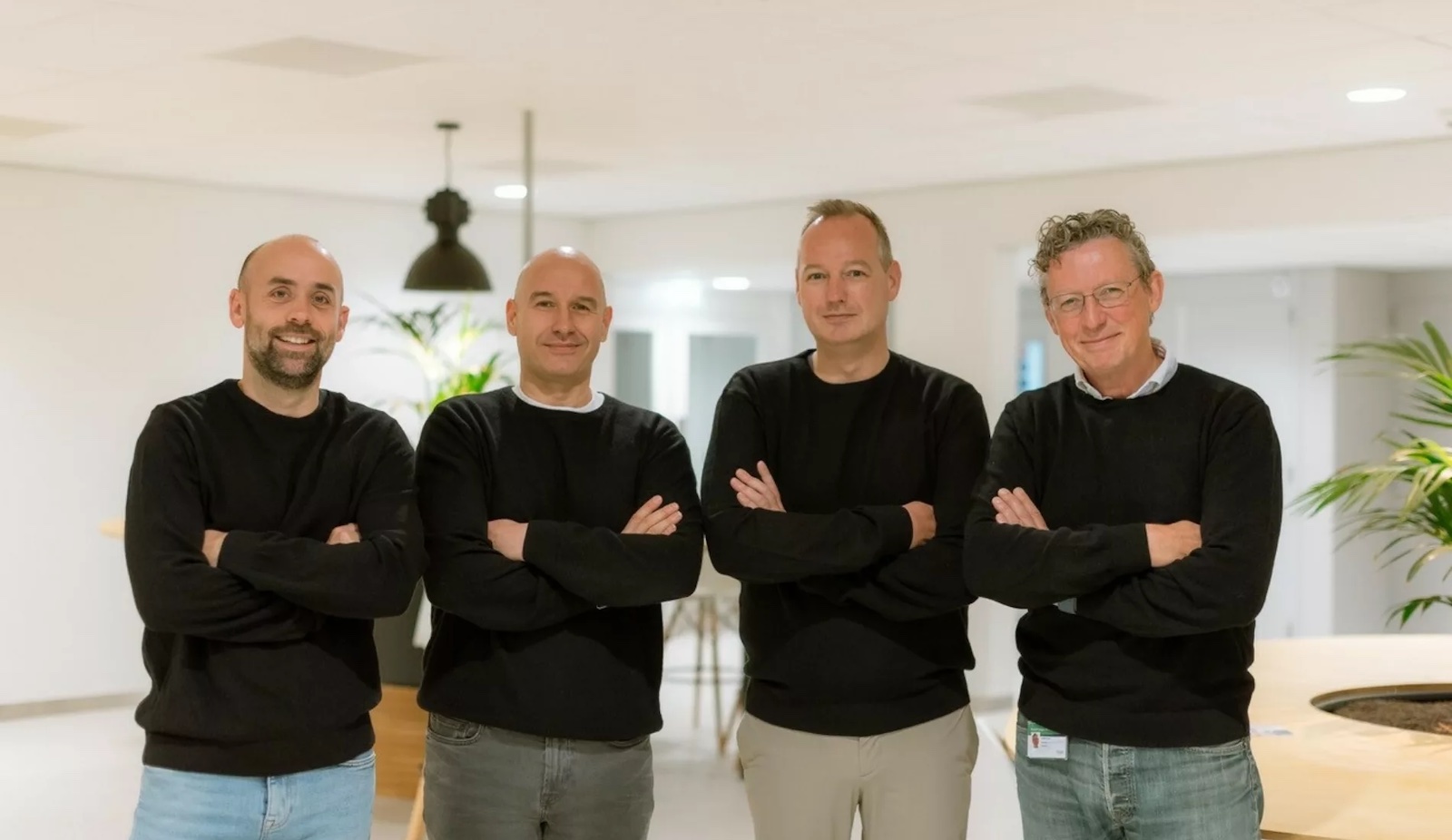More Monitors, Less Time: Two Week Payback
Bill Gates claims that he is more productive because he has 3 monitors tied to his personal computer, reducing the time and motion to minimize and maximize applications all day. For those of you with information workers, the time savings can be significant. And the price of flat screen monitors has dropped significantly.
Double Revenues
This is all part of a bigger drive to increase worker productivity i.e. finding ways to double revenue with the same number of workers since there aren’t any workers to hire in the first place.
Since more and more work is information based, a good place to start in improving productivity is on the desk top. This is where my friend Raymond Roberts, CEO of Chantilly, focused a few months ago, placing at least two monitors on everyone’s desk. Windows comes with the built-in ability to drive two displays and Roberts chose identical displays to minimize problems in setting up the displays. The set-up is literally minutes using Windows extended desktop feature.
“It’s just more real estate for your desktop. Us old guys with bad eyes can keep Outlook up and running on one monitor and use the other for the primary work – like Word or Excel,” explains Roberts.
Neck trouble
His accounting staff has three monitors, requiring a special box (the $299 TripleHead2GO is the most popular). One warning I’ve received from those that have two vs. three screens – with two screens you have to make sure you’re not developing back or neck trouble from having your head turned slightly one way vs. the other. It’s critical to rotate your chair so that you’re facing the screen straight-on. With three screens, the key is having whatever you’re working on residing on the middle screen.
It can also be tricky navigating your mouse across the two or three screens and managing your various applications across the multiple screens. Many people swear by the downloadable $39.95 application called UltraMon, which released a version for Microsoft Vista March 31.
Savings
The bottom line is that we think we are saving 15-20 minutes per day of people’s mouse- and click-time, maximizing and minimizing applications that normally laid one on top of another. As Roberts figures it, 20 minutes savings X the 30 people he has at his headquarters office (over a hundred of his team are in the field working projects) is 600 minutes a day, at an average cost of $1 per minute of labor cost is $3000 per week. At $200 per extra monitor times 30 people, the $7000 investment (add in a few extra monitors and boxes for power geeks and accountants) and the investment is covered in 2 to 3 weeks.
Worst Case
Notes Roberts, “Worst case scenario – we save 2 minutes a day per person (which is ridiculously low…right?) and the breakeven factor shifts from a ROI of 2 weeks to 20 weeks. Any process that makes my company more effective and profitable in 20 weeks is still a great investment!”
“And worst, worst case scenario – there is no productivity benefit. No time and motion improvement or return. My people are pumped and they boast about how they have two monitors. $200 per head to improve morale – the ‘cool’ factor alone is priceless.”
Business case closed. Roberts’ people are more productive. It’s an easy decision, inexpensive, and something you can do immediately.








